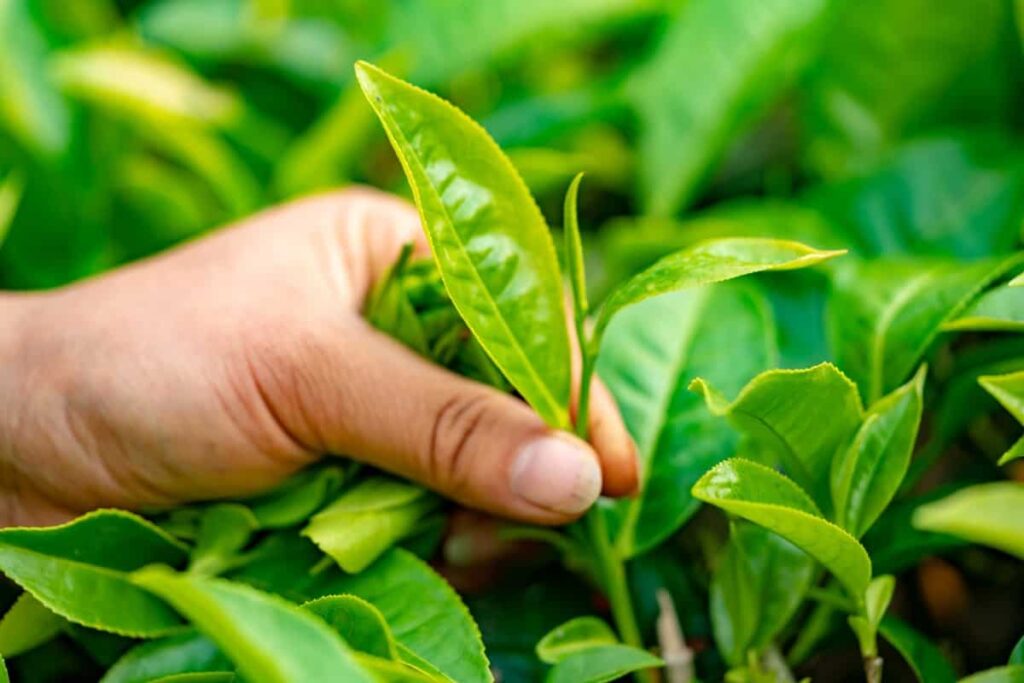The nano-structured silica of agriculture grade (ZEO4)
The nano-structured silica of agriculture grade due to its suitable surface area and very fine particle size, show the high ability in combination with other needed compounds in the plant andcan be considered as an essential chemical fertilizer for plants and strategic grains such as wheat, rice, soybean and …. The use of this type of silica in plants has many advantages, such as supplying the needed silica for plants via its stem and leaf, increasing the strength of the stem of plants, helping to reduce pest damage in the plant and etc.

More and more pesticides, fertilizers improve their functions by adding precipitated silica into their products (the suggested percentage for adding is 10%). It can be used as diluents, disintegrate agents, suspending agents. Since this kind of silica-added product is easily suspending, with good affinity and stability, it can keep the pesticides or fertilizers staying on the plants for a long time under different climatic environment like heavy raining, sunshine and flushing.
Pesticides based on precipitated silica work by physically damaging the exoskeleton of plant pests, leading to their dehydration and death. Here’s how it works:
1. Mode of action: Precipitated silica is a fine powder composed of tiny particles with sharp edges. When applied to plants, it adheres to the surface of pests such as insects, mites, and fungi.
2. Physical abrasion: The sharp edges of the silica particles act as abrasive agents, causing physical damage to the outer protective layer (exoskeleton) of the pests. This damage disrupts their ability to retain moisture and protect themselves from environmental stressors.
Long-lasting effect:
Unlike some chemical pesticides that degrade quickly, precipitated silica remains on plant surfaces for an extended period, providing prolonged protection against pests.
Environmental safety: Precipitated silica-based pesticides are generally considered safe for humans and non-target organisms since they do not rely on toxic chemicals or systemic action within plants.
Overall, pesticides based on precipitated silica offer a physical mode of action that effectively reduces plant pest populations by damaging their exoskeletons and causing dehydration.
Precipitated silica and fumed silica are two different types of silica with distinct properties and manufacturing processes.
Energy Requirement:
Precipitated Silica: The manufacturing process for precipitated silica involves mixing chemicals, precipitation, filtration, washing, drying, and milling. This process requires less energy compared to the production of fumed silica.
Fumed Silica:
The production of fumed silica involves high-temperature reactions in a flame reactor using silicon compounds. This process requires significant energy input due to the need for high temperatures.In summary, precipitated silica has larger particle sizes, lower surface area, and requires less energy during its manufacturing process compared to fumed silica. On the other hand, fumed silica has smaller particle sizes, higher surface area, and requires more energy for its production.
Manufacturing Process:
Precipitated Silica: It is produced by adding a mineral acid to a solution of sodium silicate, resulting in the precipitation of amorphous silica particles.
Fumed Silica: It is manufactured by burning silicon tetrachloride or silicon compounds in a flame of hydrogen and oxygen, leading to the formation of fine, nanoscale particles of amorphous silica.